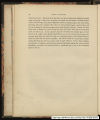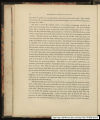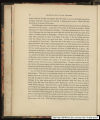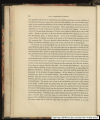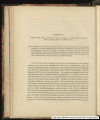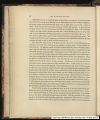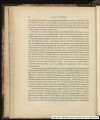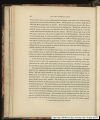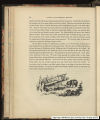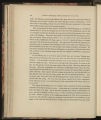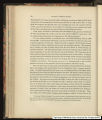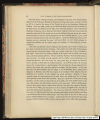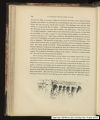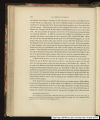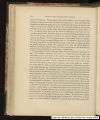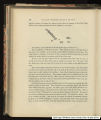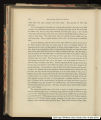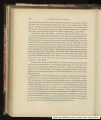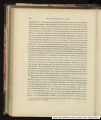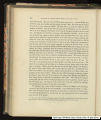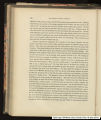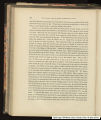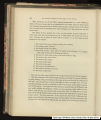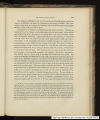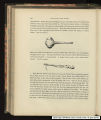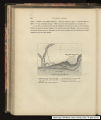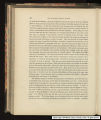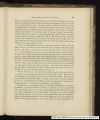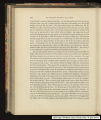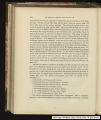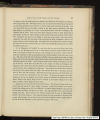| OCR Text |
Show JEFFERSON CITY-BOONVILLE-FRANKLIN-ARROW ROCK. 115 are many originally French families, and half-breeds, descendants of the Osage Indians, who formerly dwelt in these parts. While Mr. Bennett, the master of our vessel, landed to visit his family, who lived here, we botanized on the opposite bank, where oaks of many kinds were in blossom, and where the Monocotyledonous plant is found, which is called here Adam and Eve. Its roots consist of two bulbs joined together, of which it is said that, when thrown into the water, one swims and the other sinks. It is held to be a good cure for wounds. The flower was just beginning to appear. From Cote-Sans-Dessein, you soon come to Jefferson City, on the south bank of the Missouri, the capital, as it is called of the State of Missouri, where the governor resides. It is at present only a village, with a couple of short streets, and some detached buildings on the bank of the river. The governor's house is in front, on the top of the bank, and is a plain brick building of moderate size. The gentle eminences, on which the place was built about ten years ago, are now traversed by fences, and the stumps of the felled trees are everywhere seen. The morning of the 14th of April was clear but cool; at 8 o'clock + 8°, a thick mist rising from the river. On a wooded eminence, on the left hand, at some distance from the bank, is a high, isolated rock, which stands like a tower in the forest. Major Dougherty, once passing this place with some Joway Indians, was told by them, that there was a tradition among their ancestors, that this rock was formed of the dung of a race of bisons, which lived in heaven, but they themselves no longer believed this fable. The Manito rocks, two isolated blocks, about fifty feet high, which have been mentioned by many travellers, appear below, on the bank of the river. They are mentioned in the account of Major Long's Expedition, which contains much information respecting the Missouri, as far as Council Bluff', to which I refer. We learn from that work, that almost all these calcareous rocks of the Missouri contain organic remains, encrinites, &c. On the rocks, which are divided by ravines into broad rounded shapes, like towers, the Virginia red cedar grows, and falcons build their nests. We see here on the rocky walls red spots, strokes and figures, remaining from the times when the Indians dwelt here : two towering overhanging rocks, in which there are several caves, put me in mind of the ruins of the castle of Heidelburg. Just before dinner we reached Rockport, a village founded two years ago, on the Manito River, six miles up which river Columbia is situated. Near this place there are again many red figures on the rocky walls, among others that of a man with uplifted arms ; not thirty years have elapsed since this whole country was in the possession of the Indians. After passing Manito and Bonne Femme Creek, we stopped at the village of Boonville on the left bank, opposite which is Old Franklin. As this place was threatened by the river, and is besides in an unhealthy situation, the people founded New Franklin, rather further inland, now a thriving village, near which salt springs have been discovered. We afterwards passed the mouth of La Mine River, which is about equal to the Lahn, and lay to for the night at Arrow Rock (Pierre a fleche), a chain in which |

























